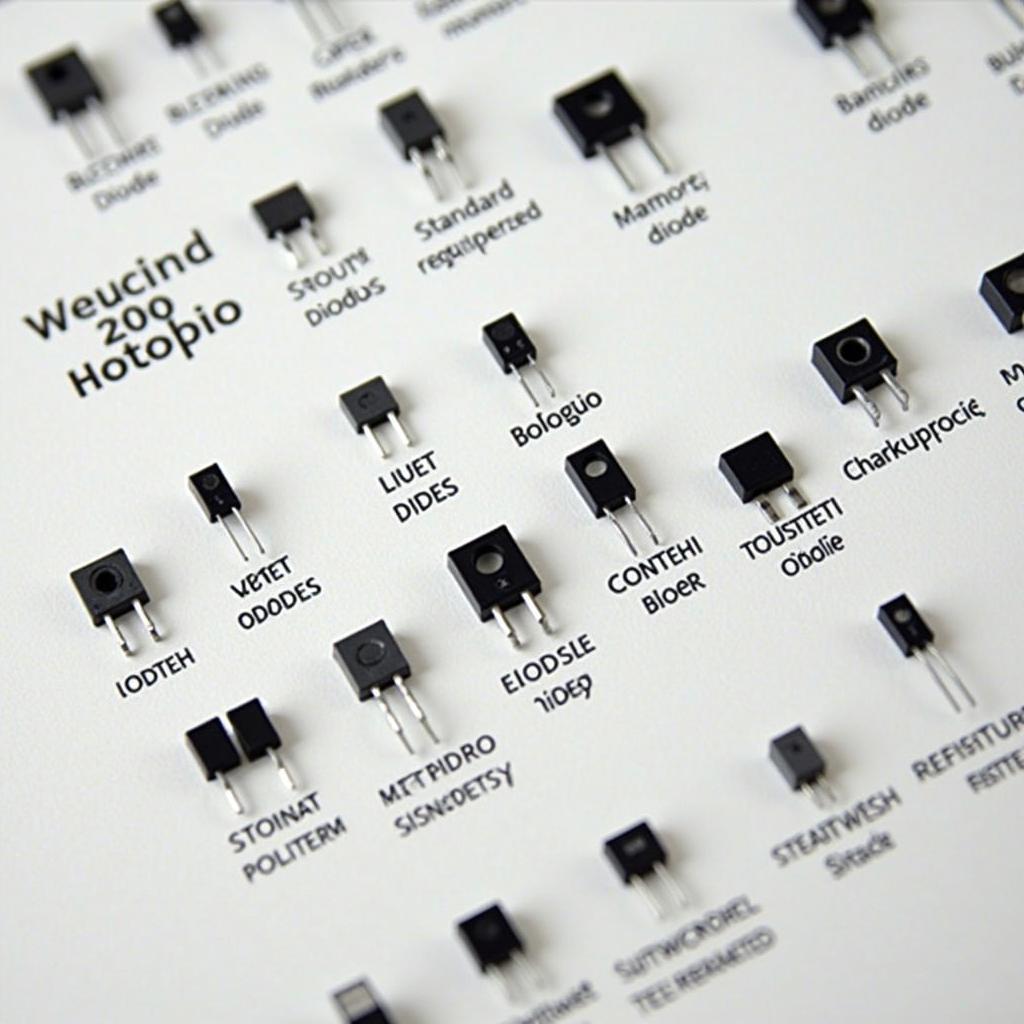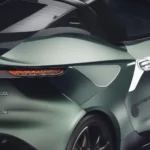The electrical system in modern vehicles is complex and full of sensitive electronics. To protect these and ensure smooth operation, small but important components like the blocking diode are indispensable. But what exactly does a 12V car blocking diode do and why is it so important?
How a 12V Car Blocking Diode Works
A blocking diode, also known as a rectifier diode, allows electrical current to flow in only one direction and blocks it in the other. In a vehicle’s 12V electrical system, it thus prevents unwanted reverse current flow and voltage spikes that could damage sensitive control units and other electronic components.
Imagine you have a battery connected and are charging it via the alternator. Without a blocking diode, current from the battery could flow back into the alternator as soon as the engine is turned off. This would not only damage the alternator but also discharge the battery.
Applications of Blocking Diodes in Cars
The blocking diode is used in many areas of a vehicle. Here are some examples:
- Alternator: Prevents reverse currents from the battery to the alternator when the engine is off.
- Car Radio: Protects the car radio from voltage spikes that can occur when starting the engine.
- Central Locking: Ensures a defined current direction and prevents malfunctions of the central locking system.
- LED Lighting: Protects LEDs from voltage spikes, extending their lifespan.
Advantages of 12V Car Blocking Diodes
- Protection of Vehicle Electronics: The blocking diode protects sensitive components from damage caused by voltage spikes and reverse currents.
- Reliability: The use of blocking diodes increases the reliability of the entire electrical system.
- Long Lifespan: Blocking diodes are durable components that are generally maintenance-free.
What to Consider When Buying a Blocking Diode
When buying a 12V car blocking diode, you should pay attention to the following points:
- Voltage: The blocking diode must be designed for the vehicle’s electrical system voltage (typically 12V).
- Current Rating: The diode must be rated for the maximum current of the respective circuit.
- Quality: Look for high-quality diodes from reputable manufacturers to ensure a long lifespan and reliable function.
 Various types of blocking diodes
Various types of blocking diodes
Frequently Asked Questions about 12V Car Blocking Diodes
- How do I recognize a defective blocking diode? A defective blocking diode can lead to various problems, such as starting difficulties, failure of electrical consumers, or error messages in the instrument cluster. To identify a defective diode, you should measure the voltage across the diode with a multimeter.
- Can I replace a blocking diode myself? With a little technical skill, you can replace a defective blocking diode yourself. However, make sure to use the correct diode and pay attention to the polarity during installation. If in doubt, you should have the replacement carried out by a specialist workshop.
Conclusion
The 12V car blocking diode is a small but important component that contributes significantly to the safety and reliability of the vehicle. Pay attention to quality when buying and have defective diodes replaced immediately.
Need help troubleshooting or repairing your vehicle? Contact us! Our car experts are here to help you.
